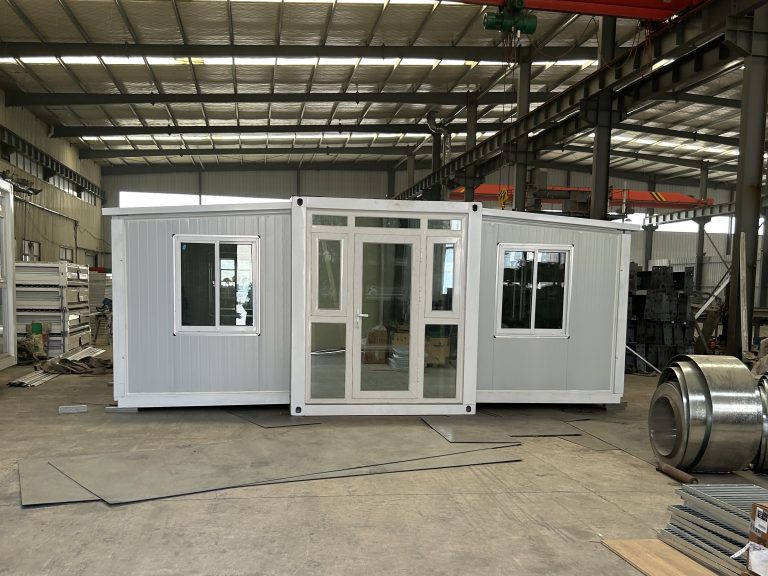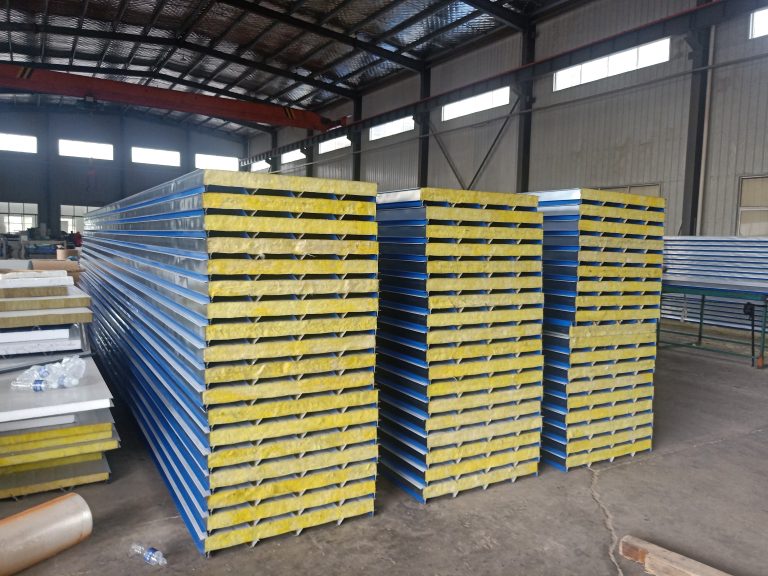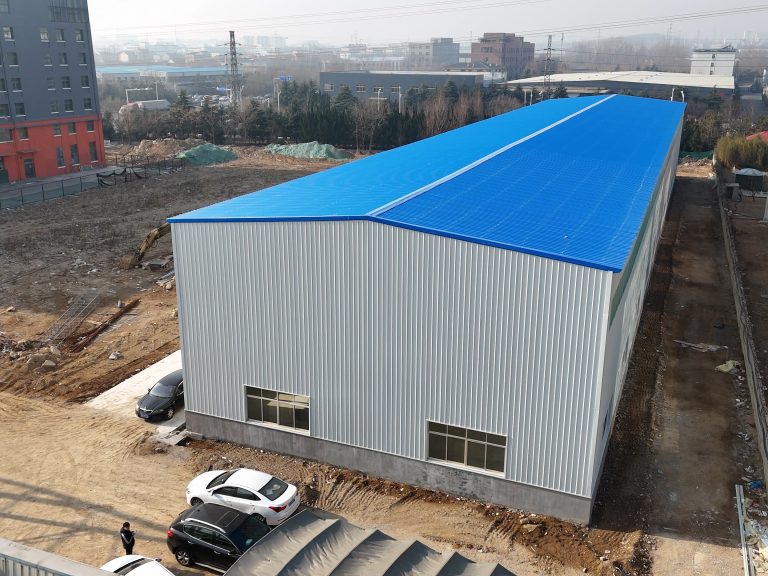Table of Contents
Benefits of Roof Gardens on Container Houses
Roof gardens have become increasingly popular in recent years as a way to maximize green space in urban environments. One innovative application of roof gardens is on container houses, which are becoming a popular choice for sustainable and affordable housing solutions. The construction of a roof garden on a container house offers a range of benefits, both for the environment and for the occupants of the house.
One of the primary benefits of a roof garden on a container house is the added insulation it provides. The layer of soil and vegetation on the roof helps to regulate the temperature inside the house, keeping it cooler in the summer and warmer in the winter. This can lead to significant energy savings on heating and cooling costs, making container houses with roof gardens a more sustainable and cost-effective housing option.
In addition to providing insulation, roof gardens also help to improve air quality. Plants absorb carbon dioxide and release oxygen through the process of photosynthesis, helping to purify the air around the house. This can have a positive impact on the health and well-being of the occupants, reducing the risk of respiratory problems and other health issues associated with poor air quality.
Roof gardens also have the potential to reduce stormwater runoff and mitigate the urban heat island effect. The plants and soil on the roof absorb rainwater, reducing the amount of runoff that flows into storm drains and potentially causing flooding. In addition, the vegetation on the roof helps to cool the surrounding area by providing shade and releasing moisture through transpiration, reducing the heat absorbed by the building and the surrounding pavement.
From a social perspective, roof gardens on container houses can also provide a range of benefits. They create a green space for residents to enjoy, offering a peaceful retreat from the hustle and bustle of urban life. Roof gardens can also help to foster a sense of community among residents, providing a shared space for gardening and socializing.
In terms of aesthetics, roof gardens can enhance the visual appeal of container houses, softening the harsh lines of the metal containers with lush greenery and colorful flowers. They can also provide a habitat for birds, insects, and other wildlife, contributing to biodiversity in urban areas.

Overall, the construction of a roof garden on a container house offers a range of benefits, from improved insulation and air quality to reduced stormwater runoff and enhanced aesthetics. By incorporating a roof garden into the design of a container house, homeowners can create a sustainable and environmentally friendly living space that promotes health and well-being for both residents and the surrounding community.
Step-by-Step Guide to Constructing a Roof Garden on a Container House
Container houses have become increasingly popular in recent years due to their affordability, sustainability, and versatility. One of the many benefits of container houses is the ability to easily add a roof garden, providing a green space for relaxation, gardening, and even food production. In this article, we will provide a step-by-step guide to constructing a roof garden on a container house.
The first step in constructing a roof garden on a container house is to ensure that the roof is structurally sound and capable of supporting the weight of the garden. It is important to consult with a structural engineer to assess the load-bearing capacity of the roof and determine if any reinforcements are necessary.
Once the structural integrity of the roof has been confirmed, the next step is to waterproof the roof to prevent leaks and water damage. This can be done by applying a waterproof membrane or coating to the roof surface. It is important to ensure that the waterproofing material is compatible with the type of plants and soil that will be used in the garden.
After the roof has been waterproofed, the next step is to create a drainage system to prevent water from pooling on the roof. This can be achieved by installing a series of drainage channels or pipes that will direct excess water away from the roof and into a designated drainage area. Proper drainage is essential to prevent water damage and ensure the health of the plants in the garden.
Once the drainage system is in place, the next step is to create a suitable growing medium for the plants in the garden. This can be done by adding a layer of lightweight soil or a soilless growing medium to the roof surface. It is important to choose a growing medium that is well-draining and nutrient-rich to support healthy plant growth.
After the growing medium has been added, the next step is to select and plant the desired plants in the garden. When choosing plants for a roof garden, it is important to consider factors such as sunlight exposure, wind exposure, and water requirements. Drought-tolerant plants are often a good choice for roof gardens, as they require less water and maintenance.
Once the plants have been planted, the final step is to install irrigation systems to ensure that the plants receive an adequate amount of water. This can be done by installing drip irrigation systems or soaker hoses that will deliver water directly to the roots of the plants. It is important to monitor the moisture levels in the garden and adjust the irrigation system as needed to prevent overwatering or underwatering.
In conclusion, constructing a roof garden on a container house is a rewarding project that can provide numerous benefits, including improved air quality, reduced energy costs, and increased property value. By following the steps outlined in this article, you can create a beautiful and functional roof garden that will enhance the aesthetic appeal and sustainability of your container house.






